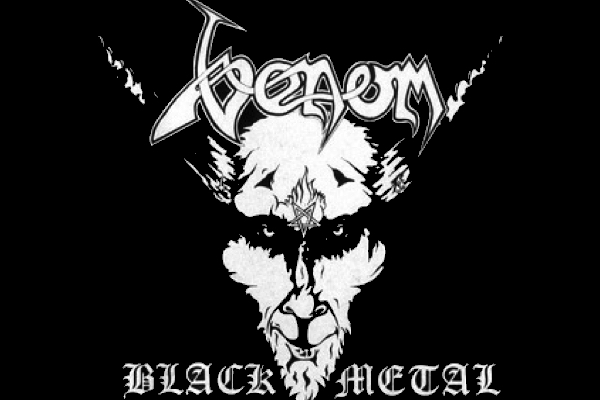Black metal is an extreme subgenre of heavy metal music. It makes use of high-pitched guitars that are often played with tremolo picking. This variety of heavy metal is also characterized by fast tempos, unconventional song structures, and high-pitched shrieking vocals. The mainstream culture has often been hostile towards black metal.
The main reason for this is the misanthropic and anti-Judeo-Christian attitude of several black metal bands. In addition to this, some black metal bands have been associated with murder, church burnings, and racism. Black metal is, therefore, often seen as an underground form of music. It doesn’t quite appeal to mainstream tastes and many of its musicians like to stay in obscurity.
The first wave
The ‘first wave’ of a black metal refers to the period when some bands first influenced this genre. Such bands often started off with thrash metal. The term ‘black metal’ was first coined by Venom, who was a British band. It came from their second album Black Metal, which was released in 1982. The musical style of the tracks had many similarities with thrash metal.
However, their lyrics and imagery were characterized by a glorified and heavy emphasis on Satanic and occult-related themes. In many ways, the music was unpolished to a great extent with regards to production. When compared with the other sub-genres of heavy metal, the guitars were far more blistering.
The unclean vocals relied more on raw and shrieking screams and less on melody. Members of Venom also used pseudonyms, which was uncommon among metal bands in those days. The Swedish band Bathory is also considered a pioneer of this genre. It was led by Thomas Forsberg, who used the pseudonym Qhorthon.
The focus of Bathory was on sub-optimal production standards, which suited their fast tempo and raspy vocals. This is apparent in their early albums, such as The Return. Bathory was also the first band to add Norse mythological elements in their lyrics and album art.
The second wave
The second wave of black metal was witnessed in the early 90s. It came owing to the rise of Norwegian black metal bands such as Mayhem, Satyricon, Burzum, Immortal, and Darkthrone. This wave added some new atmospheric elements to black metal. Many of these bands were later held responsible for some serious crimes.
Classical elements were also added to some extent to this genre and it was popularized for an increasing underground audience. These bands were philosophically against the right-hand path. Soon, this sentiment became a must for any brand to be recognized as a black metal band. The extremists within the sub-culture of black metal often criticized bands that didn’t exhibit such beliefs through their actions.
According to Ihsahn of the band Emperor, this trend might’ve developed from opposition to society. It was, in a way, a confrontation to many things that were considered normal. A dark and misanthropic mentality was visually displayed with the use of corpsepaint. This was also used to distinguish black metal bands from the other rock bands of the time.
Black metal bands also began to emerge in Sweden during the early 1990s. Dissection and Marduk were among the popular Swedish bands in the genre. Finland also got its own black metal bands during this period, such as Impaled Nazarene and Beherit.

